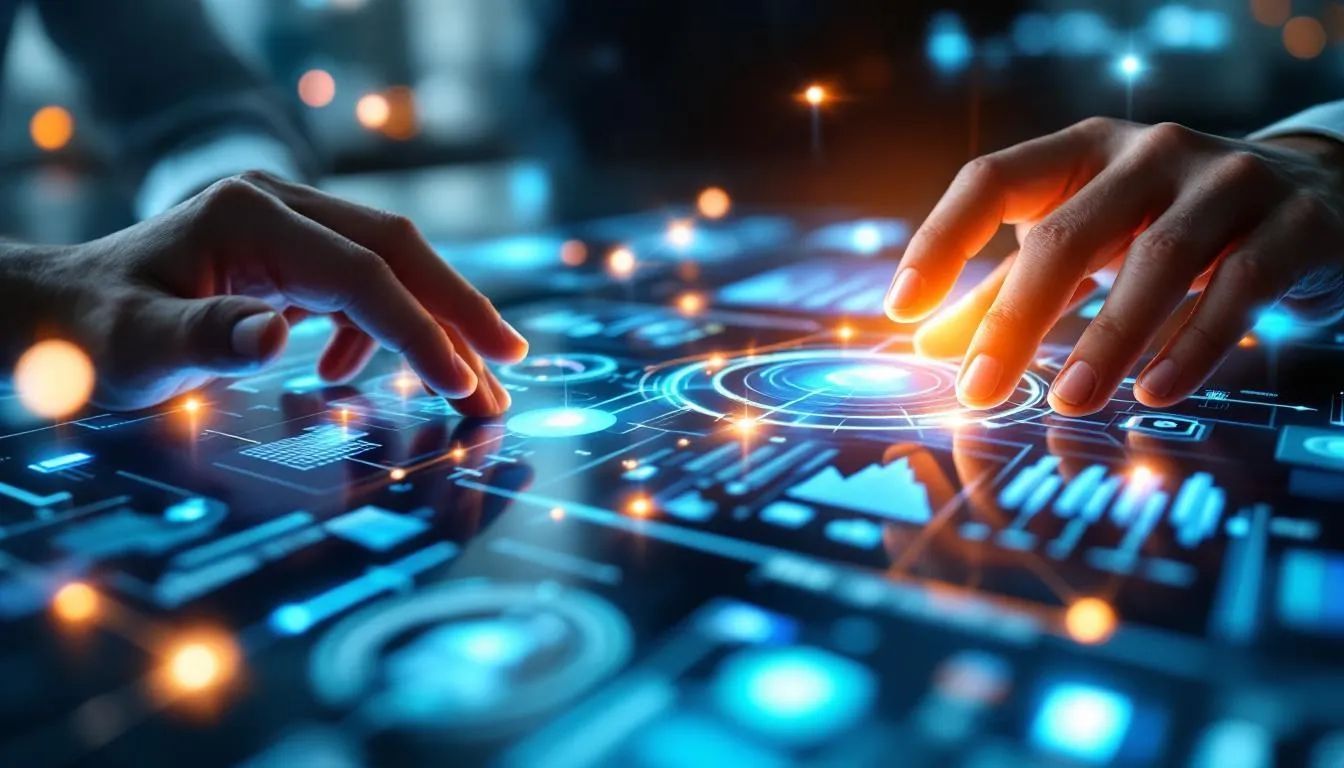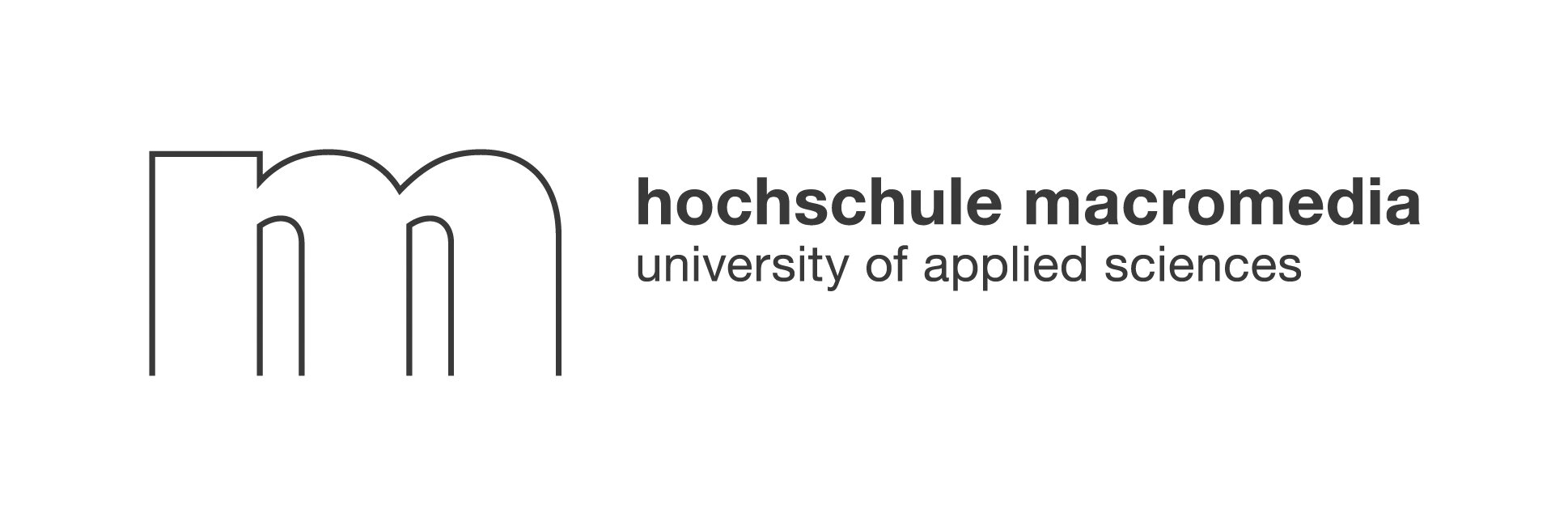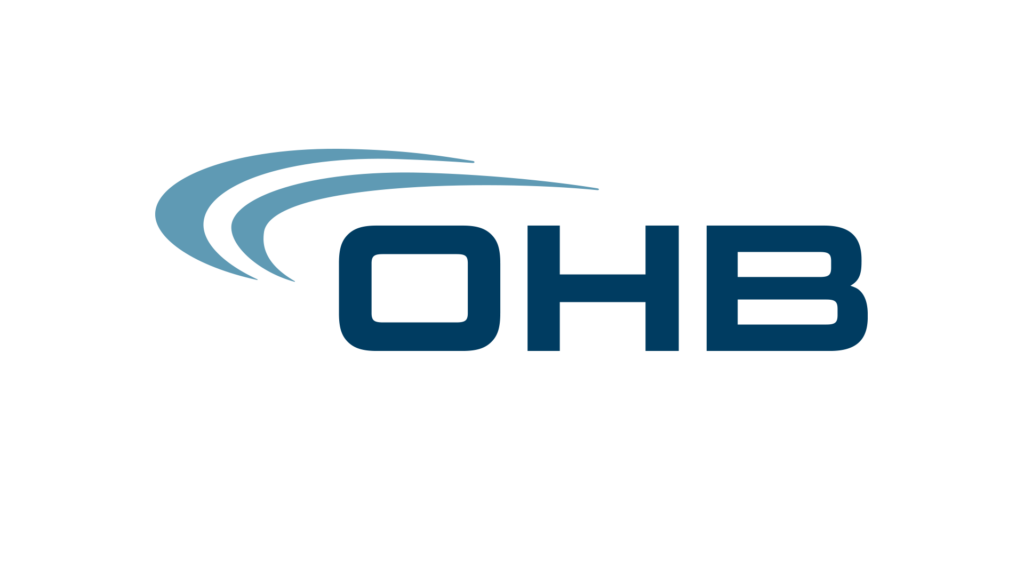The future of work is no longer a distant concept—it’s here, reshaping how people connect, collaborate, and thrive. As organizations and employees adapt to the realities of 2025, the pace of change has never been faster. Will your business be ready to seize new opportunities, or risk falling behind? Understanding the future of work is essential for anyone who wants to build a resilient, engaged, and innovative workforce. Let’s explore the megatrends, strategies, and actionable steps that will define success in the years ahead.
Why the Future of Work Matters Right Now
The cost of inaction for businesses and employees
Ignoring the future of work is not just risky—it’s costly. Organizations that fail to adapt may struggle with high turnover, talent shortages, and declining productivity. For employees, outdated skills and rigid work arrangements can lead to missed opportunities and stagnation.
“One in 16 workers may have to switch occupations by 2030. That’s more than 100 million workers across the eight economies studied—and the pandemic accelerated expected workforce transitions.”
— McKinsey Global Institute
When companies stick to traditional models, they often face disengaged teams and rising attrition. Employees expect more: flexibility, growth, and a sense of belonging. Without proactive strategies, both sides lose out on innovation and competitive advantage.
How pandemic shifts became permanent realities
The pandemic didn’t just disrupt work—it rewrote the rules. Remote work, once a rare perk, is now a standard expectation for many roles. Digital collaboration tools, virtual meetings, and asynchronous communication are woven into daily routines.
What started as a crisis response has become a lasting transformation. Hybrid and remote models are here to stay, requiring new approaches to culture, management, and employee engagement. Businesses that embrace these realities can unlock broader talent pools, improve well-being, and achieve greater agility.
Megatrends Shaping the Future of Work in 2025

Digital acceleration, demographic shifts and climate urgency
Three forces are driving the future of work in 2025:
- Digital acceleration: Automation, artificial intelligence (AI), and cloud platforms are transforming every industry. Companies must keep pace or risk being left behind.
- Demographic shifts: An aging workforce, Gen Z’s rise, and increased global mobility are reshaping talent pools and expectations.
- Climate urgency: Sustainability is now a business imperative. Flexible work models help reduce emissions, while employees seek employers who align with their values.
These megatrends demand that organizations rethink not just what work is done, but how, where, and by whom.
From gig platforms to global talent clouds
The workforce is more diverse and fluid than ever. Traditional full-time roles are joined by gig workers, freelancers, and crowdsourced contributors. Global talent clouds enable companies to source skills from anywhere, breaking down geographic barriers.
This shift means organizations must:
- Build adaptable talent strategies
- Embrace flexible contracts and project-based work
- Leverage technology to connect and manage distributed teams
The future of work rewards those who can orchestrate this complexity while keeping employees engaged and connected.
Human + Machine: Mastering Automation, AI and Augmentation
Practical use-cases for AI in everyday workflows
AI is no longer a futuristic concept—it’s powering the future of work right now. From automating repetitive tasks to enhancing decision-making, AI tools are woven into daily operations.
Common use-cases include:
- Automating scheduling, onboarding, and HR processes
- Streamlining project management with intelligent assistants
- Personalizing employee experiences and learning recommendations
- Enhancing collaboration through AI-driven meeting summaries and insights
Companies like Neroia are leading the way by using AI to curate micro-events—small, interest-based gatherings that foster authentic connections. By analyzing anonymized preferences and schedules, Neroia’s platform effortlessly matches coworkers for activities like yoga, cycling, or cultural events, making engagement natural and frictionless.
Guardrails for ethical, responsible automation
As AI becomes more prevalent, ethical considerations are paramount. Responsible automation requires:
- Transparent algorithms and clear communication about AI’s role
- Human oversight in sensitive decisions (e.g., hiring, performance reviews)
- Strong data privacy protections, especially in employee analytics
Organizations must balance efficiency with fairness, ensuring that AI augments rather than replaces human judgment. Employee trust is built through open dialogue and ethical guidelines that prioritize well-being and inclusivity.
Workforce 2030: New Skills, New Roles, Lifelong Learning
Closing the accelerating expertise gap
The expertise gap is widening as technology evolves and experienced workers retire. By 2030, millions may need to reskill or shift roles. Organizations cannot afford to wait—proactive learning is essential.
Key challenges include:
- Rapid obsolescence of technical skills
- Shortage of digital and analytical talent
- Need for soft skills like adaptability, creativity, and collaboration
Companies that invest in continuous learning will be best positioned to thrive in the future of work.
Reskilling strategies that actually stick
Effective reskilling goes beyond one-off training sessions. Lasting impact comes from:
- Personalized learning paths aligned with business needs and employee interests
- Blended approaches combining digital tools, workshops, and mentorship
- Micro-learning and just-in-time resources for on-the-job development
- Recognition and incentives to motivate participation
- Feedback loops to measure progress and adapt programs
“We should remember that intellectual complacency is not our friend and that learning—not just new things but new ways of thinking—is a life-long endeavour.”
— PwC Workforce of the Future
Neroia’s AI-driven platform supports this by recommending group activities that foster peer learning and organic knowledge sharing, making reskilling social and engaging.
The Everywhere Workplace: Hybrid, Remote and Borderless Teams
Designing culture and collaboration without offices
The everywhere workplace is defined by location-agnostic teams and flexible schedules. But without physical offices, building culture and connection requires intention.
Strategies for success:
- Regular virtual team-building and micro-events
- Clear communication of values and goals
- Digital tools that enable informal interactions and knowledge sharing
Neroia’s integration with platforms like Slack, Zoom, and Microsoft Teams allows employees to effortlessly discover and join small-group activities, bridging the gap between remote and in-person colleagues. By curating yoga sessions, company runs, and cultural exchanges, the platform turns engagement into a daily habit, not a forced obligation.
Compliance and tax considerations for location-agnostic work
Remote work introduces new complexities around compliance, tax, and labor laws. Employers must:
- Stay informed about local regulations in each jurisdiction
- Ensure proper classification of workers (employee vs. contractor)
- Manage payroll, benefits, and reporting across borders
Partnering with platforms that prioritize privacy and security, like Neroia, can help organizations navigate these challenges while maintaining a seamless employee experience.
Building Inclusive, Sustainable Cultures in an Uncertain Era

Turning DEI commitments into daily habits
Diversity, equity, and inclusion (DEI) are no longer optional—they’re essential for innovation and long-term success. But real progress happens when DEI moves from policy to practice.
Actionable steps include:
- Embedding DEI into recruitment, promotions, and team-building
- Offering accessible, interest-based activities that welcome all backgrounds
- Using anonymized analytics to identify and address participation gaps
Neroia’s platform excels here by recommending micro-events that connect coworkers across departments, locations, and roles, breaking down silos and fostering a sense of belonging.
Well-being and loneliness as critical productivity factors
Employee well-being isn’t just a perk—it’s a productivity driver. Loneliness, in particular, is now recognized as a business risk, impacting engagement and performance.
To support well-being:
- Provide flexible schedules and mental health resources
- Encourage regular, informal connections (not just work meetings)
- Use digital tools to monitor and support engagement
“Loneliness becomes a business risk, not just a well-being challenge.”
— Gartner, Future of Work Trends 2025
Neroia’s AI-curated micro-events are designed to nurture authentic relationships, making it easy for employees to find community and support, whether remote or in-person.
Future-Ready Action Plan for Leaders
A five-step roadmap to start this quarter
To prepare for the future of work, leaders should:
- Assess readiness: Audit current policies, tools, and culture for future-fit gaps.
- Engage employees: Gather feedback on needs, preferences, and pain points.
- Pilot new solutions: Test AI-driven engagement tools like Neroia to foster organic connections and well-being.
- Invest in learning: Launch targeted upskilling and reskilling programs with built-in feedback.
- Measure and adapt: Track progress using clear metrics and adjust strategies as needed.
Metrics to track progress and course-correct quickly
Effective measurement is key to staying on track. Leaders should monitor:
By focusing on these indicators, organizations can make informed decisions and ensure their strategies remain aligned with the evolving future of work.
Conclusion
The future of work is already transforming how organizations operate, how teams connect, and how individuals find meaning and growth in their careers. Traditional workplace models—rigid, impersonal, and disconnected—are giving way to flexible, AI-powered environments where authentic relationships and well-being drive success.
Neroia stands at the forefront of this shift, revolutionizing workplace culture by leveraging artificial intelligence to foster organic, micro-scale employee interactions. Its platform seamlessly integrates with collaboration tools, curates personalized activities, and delivers anonymized insights—all while prioritizing privacy and adaptability.
By embracing the trends shaping 2025 and beyond, and by adopting solutions like Neroia, leaders can build vibrant, connected, and future-ready organizations where everyone can thrive. The future of work is bright—make sure your team is ready to shine with Neroia.




